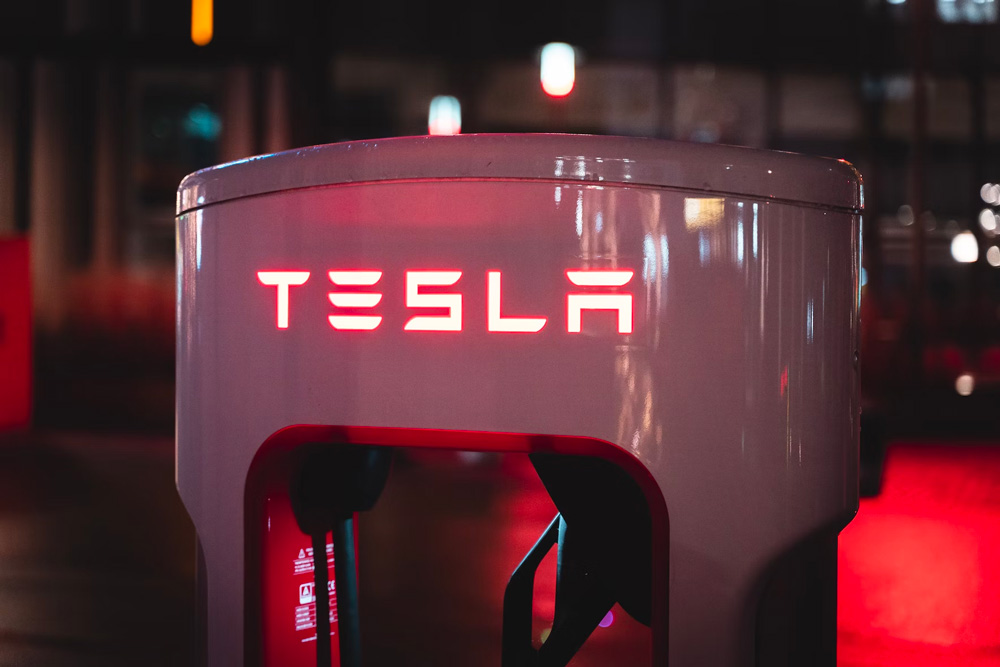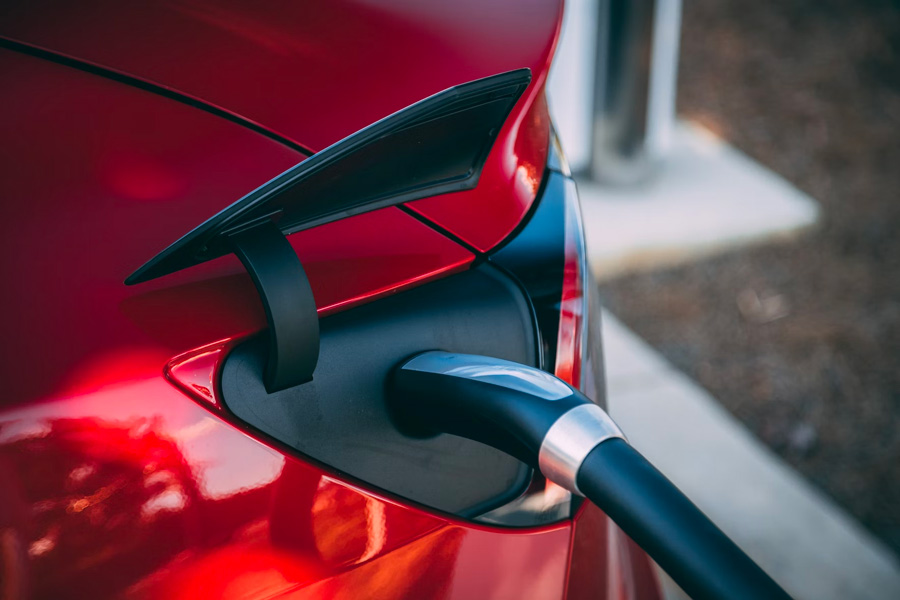Tesla Superchargers are widely regarded as the fastest electric car charging stations around right now. The latest iteration of this charger can deliver up to 250KW of power. While other charging points can deliver more, few are as widely available as the Tesla Supercharger network.
When first rolled out, this network had one major flaw that underlined a crucial problem with EV infrastructure. Tesla had all of these charges dotted around the country, but only for Tesla vehicles. It meant space for other charging stations was taken up, arguably doing more harm than good for the electric vehicle push.
However, times have changed! In November 2021, Tesla launched its non-Tesla Supercharger pilot in multiple countries, including the US. This now means that people with EVs that aren’t Teslas can take advantage of faster charging speeds and improved infrastructure. It was a move many applauded, but there are still some creases to iron out.
If you own an electric car, you may be wondering how to use a Tesla Supercharger with a non-Tesla. In this guide, we’ll walk you through all the necessary steps to a) see if your car can fit this charger, and b) learn how to use the Supercharger network.
What cars can use Tesla Superchargers?
It wouldn’t be Tesla if there wasn’t a catch.
Unfortunately, the Supercharger network still doesn’t work with all electric vehicles. The company has installed something it’s calling a “Magic Dock” on Superchargers, giving them a CSS adapter.
For those that are unaware, you have multiple types of charging connectors for electric vehicles. This includes:
- Type 1
- Type 2
- CHAdeMO
- Combined Charging System (CSS)
Different car manufacturers use different connections, but Tesla Superchargers are only compatible with CSS connectors.
So, if you want to use a Tesla Supercharger, you need to be sure that your car is equipped with a CSS connector. The good news is that a lot of modern electric vehicles are adopting this as a more universal connector. The likes of Ford, BMW, Kia, Volkswagen, and more are all making cars with CSS charging.
If you have an older vehicle, you may be fresh out of luck.
How do you find a Tesla Supercharger location?
Now that you’re aware that your car can use a Supercharger, it’s time to locate one. The good news is that Tesla Superchargers are the most dominant and common charging port in the country. Statistics show that there are 18,658 Tesla Superchargers in 1,728 locations. It shouldn’t be hard for you to find one within a decent range of your current location on the way to work.
Still, here are the steps you should take to locate and use these charging ports:
Step 1: Download the Tesla app
Even if you’re not a Tesla owner, you will need the Tesla App to use the Supercharger network. It’s available on iOS and Android devices and is free to download.
Create an account once you’ve downloaded it and you’re pretty much ready to go.
Step 2: Click “Charge Your Non-Tesla”
On the home screen, you’ll see a “Charge Your Non-Tesla” button. Press this and it’ll show you a map with a list of all Tesla Superchargers close by. It’s actually a very useful app as it provides more details on the charging stations such as how fast they are, when they’re open, whether members of the public can use them, and so on.
Choose whichever charging site you want to go to and drive to that location.
Step 3: Choose your stall
When you’re at the Supercharger site, you need to click the blue “Charge Here” button on the app. This will then open up a page with your card details (which you should’ve loaded up when you created your account).
From here, you have to choose the post number you’re using – it’ll be written clearly on the charger, so press whichever one corresponds with the one you’re about to use. Then, click the “Unlock Adapter” button at the bottom of the page. This will unlock the charging adapter you’re about to plug into your car. It’s a necessary step to avoid anyone just walking up and undocking it.
Step 4: Charge your vehicle
Once the adapter is unlocked, you can undock it by following the prompts on your app. It tells you to push the handle into the dock, then pull it out to remove it. Plug the adapter into your vehicle and it will begin charging.
The Tesla app shows you the charging in real-time, so you can see the battery percentage go up, along with how much it’s going to cost. If at any moment you want to stop charging, there’s a button on the app you press. Remove the charger and put the adapter back in the docking bay.
Your charging session is now over, and you’ll be charged (pardon the pun) whatever it says on the screen. The whole process can feel fiddly at first, but once you’ve done it a couple of times it’s seamless and you have access to the entire Tesla Supercharger network in your non-Tesla.
How much do Superchargers cost for non-Tesla users?
The exact cost will vary from site to site and Tesla hasn’t given a concrete price point. However, it will cost less for Tesla owners to charge their cars at these sites. This is simply a way of giving Tesla owners a benefit for buying a Tesla vehicle.
Interestingly, you can also choose to pay $12.99 a month for a subscription that reduces the price per kWh for non-Tesla users. This could be worth looking into if you charge regularly and have lots of Supercharger stations near you without any other fast-charging spots available.
Overall, using a Tesla Supercharger with a non-Tesla EV is much easier than you think. The main point to note is that your car must have a CSS adapter. If it doesn’t, you won’t be able to use the Supercharger network. Those of you with eligible cars will need to download the app, make an account, and then it’s pretty straightforward from there. This is definitely a positive move in the electric vehicle world, improving the general infrastructure around the country.







